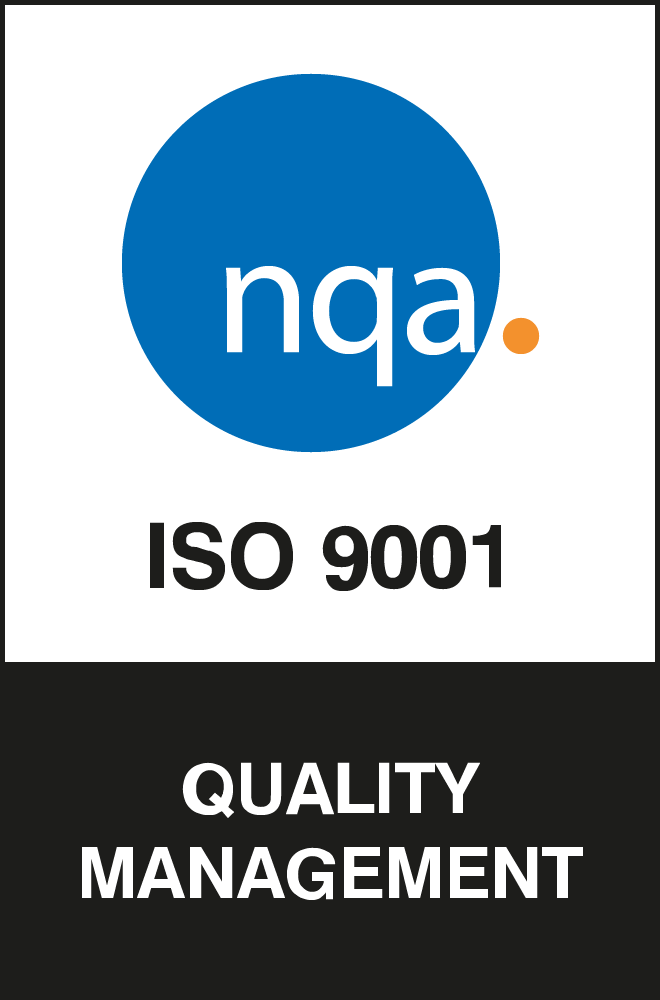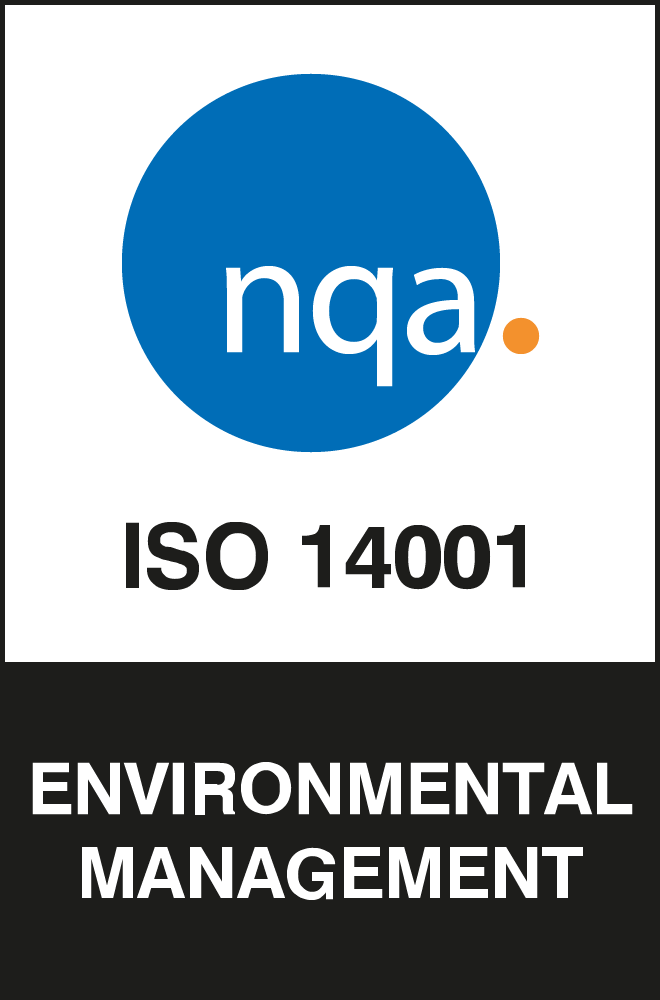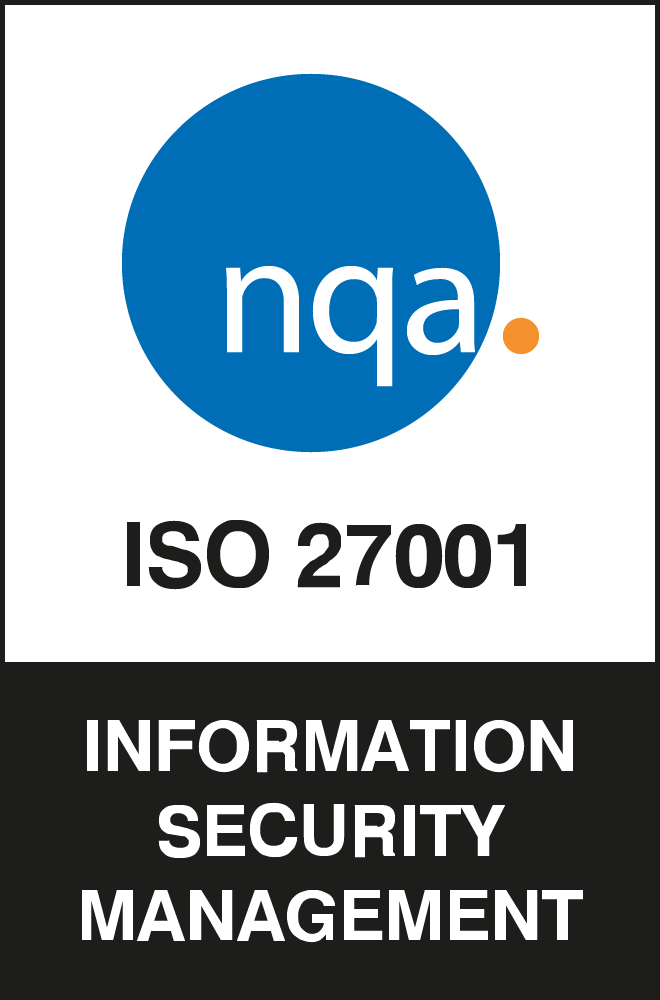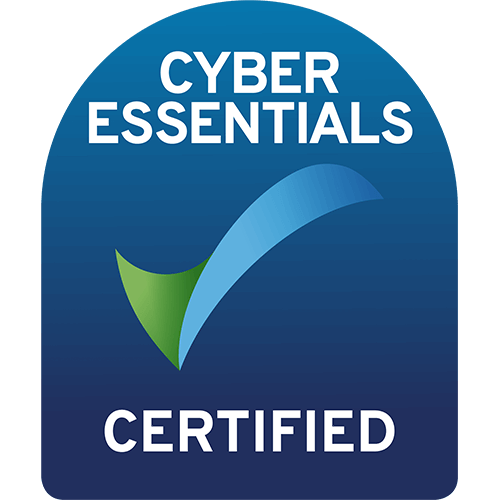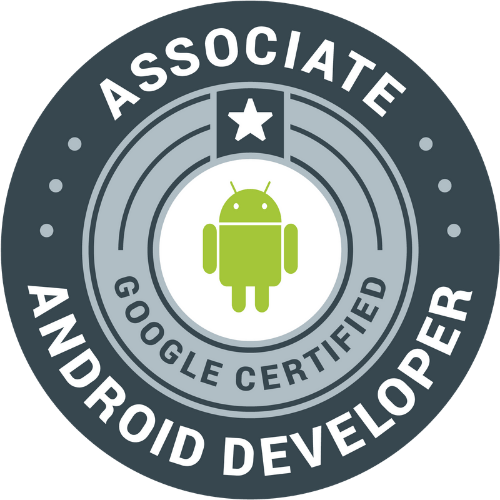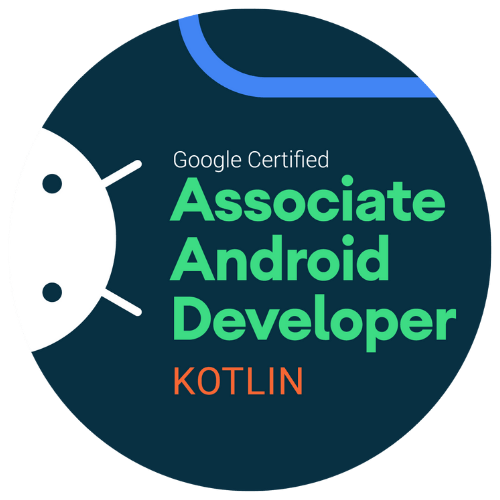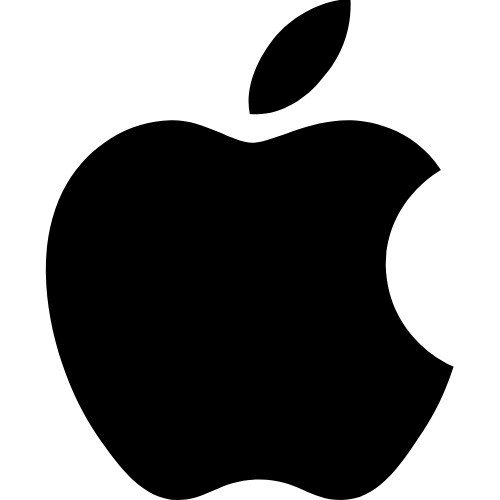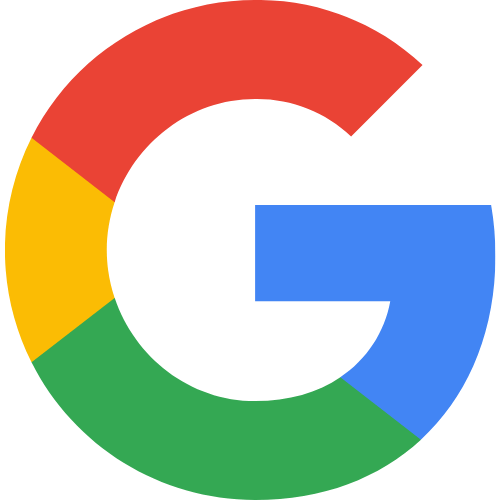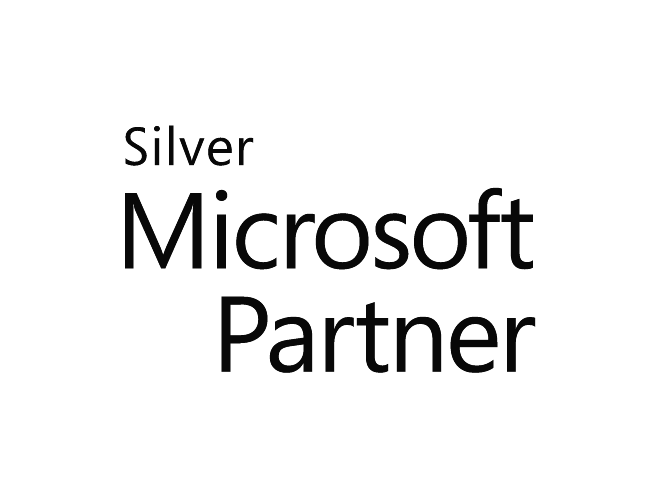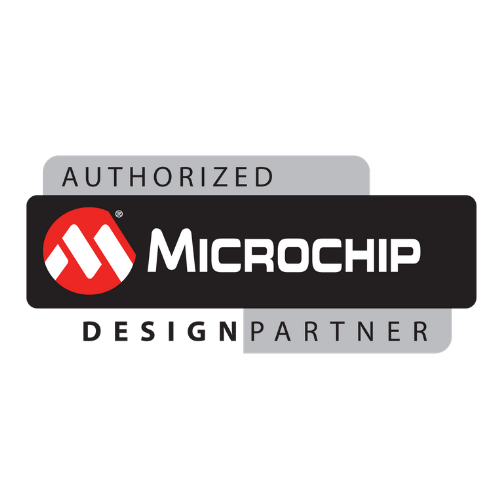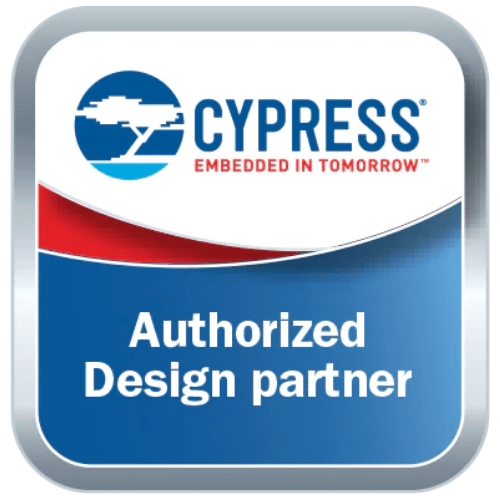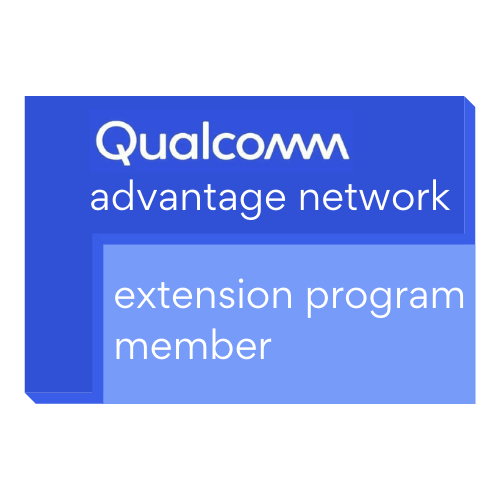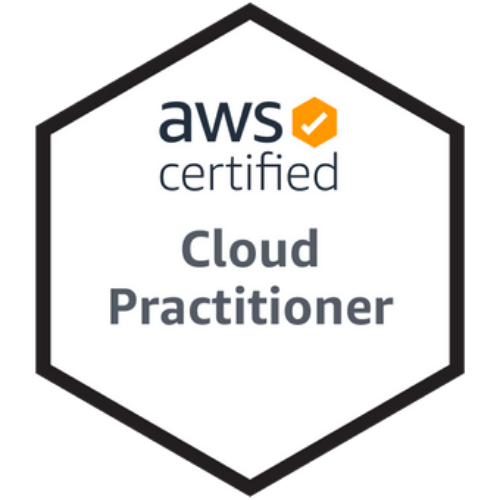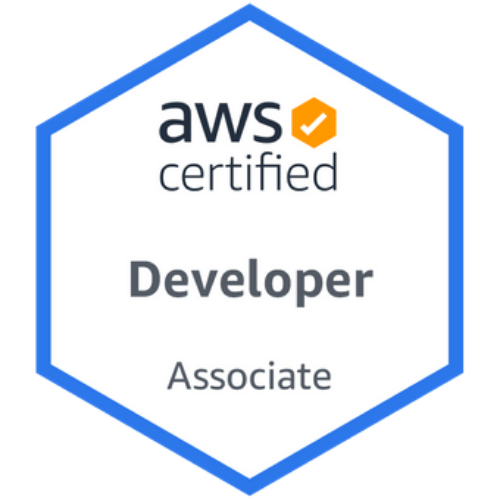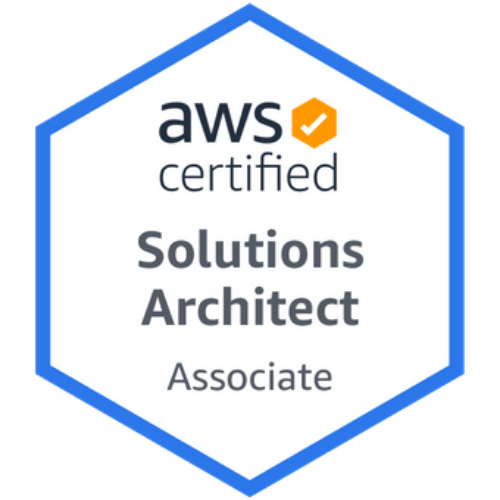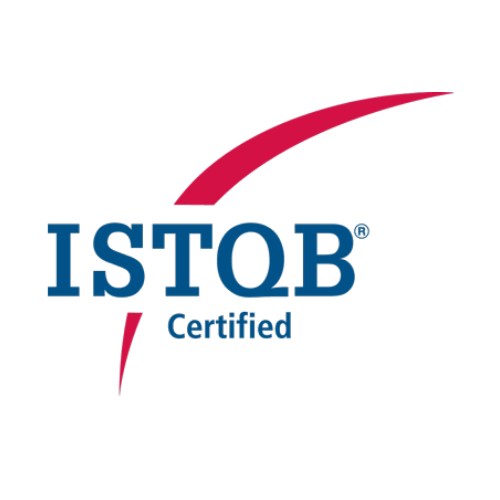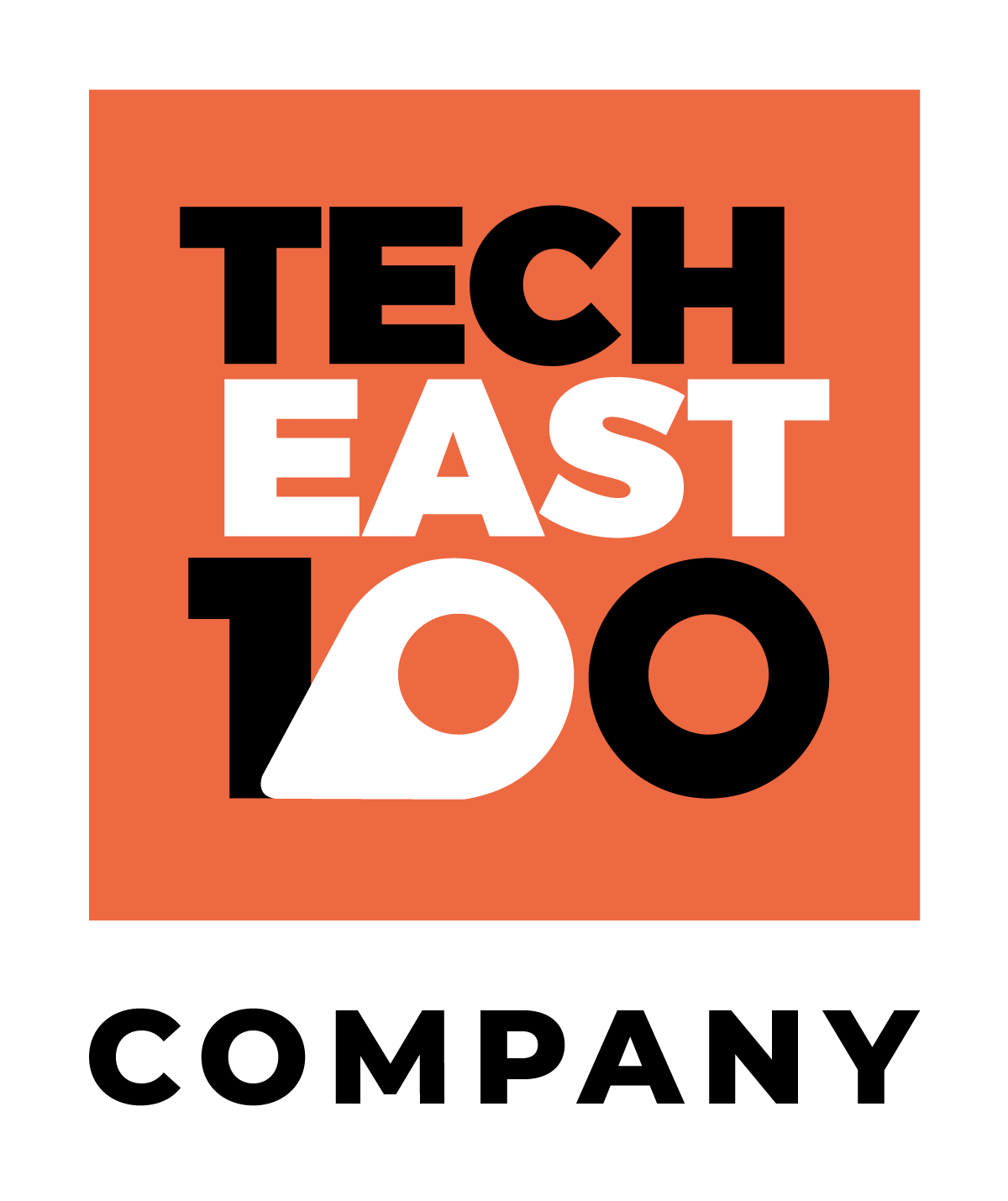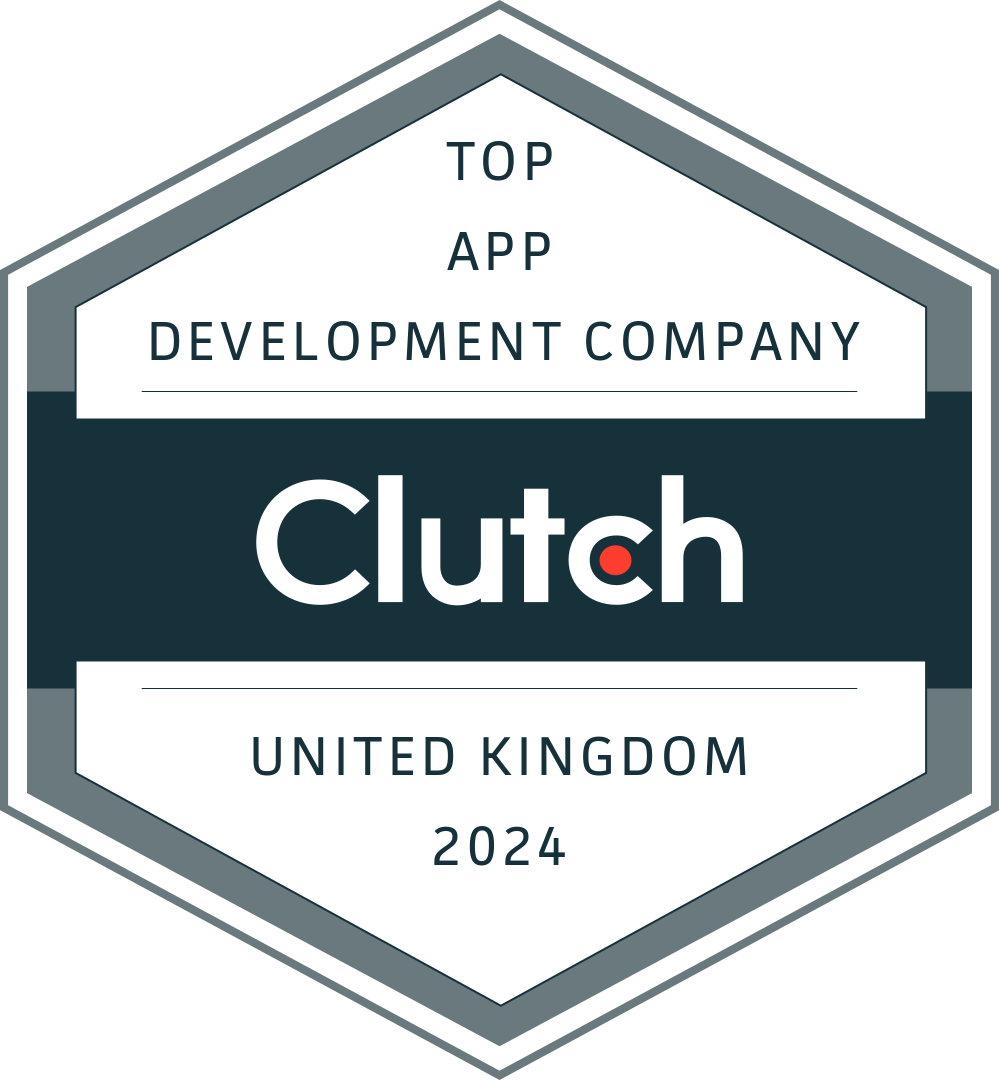Do you have an app idea but are unsure if it is viable or interesting enough to succeed? You are not alone. Two major concerns of entrepreneurs interested in creating their app are:
- How much is this going to cost?
- & What if, after everything, my app doesn’t succeed?
Both of these are valid concerns, for which there is a solution, and it’s called a minimum viable product (MVP) and our guide aims to provide you with useful information and show you why building an MVP to start with vs. launching a complete product is best.
What is a minimum viable product?
A minimum viable product is the most stripped back and pared-down version of a product, which is functional and suitable for initial release. However, since it is a basic version of the product it only has sufficient features to satisfy early adopters.
Essentially, a minimum viable product will maintain enough value so that people are willing to use and test it whilst balancing the requirements of “wants” and “needs” to the app. It can be a useful tool to demonstrate to early adopters the benefits of the product whilst being able to capitalise on early feedback for future development.
As such, the semi-final version of the product (because products are always refined over time) is then released with a complete set of features formulated via feedback from the product’s initial user group.
What is the MVP stage in a start-up?
The MVP stage in a start-up business is usually at inception (i.e. when the idea is still only a concept). This is due to the inherent lack of funding, market awareness, market share and lack of research capabilities that come with a start-up business. As mentioned before, a minimum viable product can be an effective way of releasing an initial product, on a budget, with the aim of achieving detailed and relevant feedback, all of which can be extremely useful for start-ups.
What is the purpose of an MVP & what are the benefits?
The purpose of an MVP is to test a product’s viability once introduced to the market.
Whilst some of the benefits of an MVP process may seem blindingly obvious, such as the cost savings, in reality, there are many more benefits included in the list below.
- MVPs more easily facilitate a rapid product release to the market (compared to a full and extensive app design).
- MVPs allow a company to break into the market and potentially achieve significant market share early on (both number of users and potential revenue base).
- MVPs enable users to provide feedback very early on and before too much time, money and resources have been sunk into an app that may require changes to fit the users’ needs.
- An app, once live, even in MVP form, can be constantly reviewed and updated to reflect user demands as they arise.
- MVPs enable the creator to test the demand for the product early on before releasing the full-fledged product.
- MVPs help businesses avoid significant failures and large capital losses that can be associated with a full-fledged product release.
- MVPs allow for large amounts of data to be collected on users’ behaviours and preferences, which will help streamline further changes and updates to the product.
- MVPs give companies the ability to set the stage for future iterations of the product and to clarify the roadmap for future development.
How long will it take to develop an MVP – for mobile apps and software?
Depending on the complexity of the project, it can take anywhere between 4 and 6 months to develop an MVP, although if the product is very complex it could take up to 9 months. However, most clients prefer smaller windows for cost and speed to market so we work hard to accommodate this need.
Step by Step Guide to Planning a Minimum Viable Product (MVP) App
Step 1: Identify and understand your business, market and app needs
The first step, and perhaps the most important step, is for us to assess if there is a need for your product in the market because after all, there needs to be an opening for the initial idea to appear viable. It is also vital that we identify who your competitors are if any, and then analyse what they are currently offering to the market. This will assist us in identifying how to make your product different from the apps that are currently available apps and build on any unique selling points.
During step one, we will also work with you to determine your long-term goals for the product and the business in general. This is effectively just the answer to the questions:
- Why are we making this app? or
- What do we wish to achieve?
An example could be decreasing the time it takes for a user to complete a certain task on the app or making a certain task more efficient. An auction app, for example, may have the long-term goal of being able to bring their auctions to a wider target audience via an app rather than in a physical building.
The last task of step one is for us to identify what criteria will need to be met in order to achieve the status of “success” for the product. An example of this in terms of an auction app could be that success is defined as reaching 10,000 monthly users or achieving revenue of £100,000 per month via their app.
Step 2: Map out the user journey(s) for your app
It is essential that we remember who we are building the app for and how they will be using it so that we can build it with your users in mind. One way to ensure that the MVP runs smoothly and offers the highest level of user satisfaction is to map out the user journeys. This should allow us to take a step back and look at your product through the eyes of the user, starting with the very first interaction, being the opening of the app, and ending with the task being completed i.e. bidding on an auction or winning an item.
This will enable us to design the app in a user-friendly manner that encourages both continued use and future downloads. This is also a useful tool to identify and address each individual action required by the user to complete a task via the app (and ensures nothing is missed!).
There are three main components to each user journey, being:
- The user (who will be using your app)
- The action (what is the user required to do in order to complete a task via the app)
- The story ending (what is the end goal for the user of the app)
Step 3: Create a “Pain and Gain” map for each individual action
For each action identified above, we will create a “Pain and Gain” map. This will allow us to identify any inconvenient actions or responses the users have encountered whilst completing an action, along with any value gained when the pain is corrected. This exercise will then enable us to fine-tune the app’s actions, thus improving the users’ experience whilst also identifying processes that may be deemed less impactful for the MVP release.
There are three main components to each “Pain and Gain” map, being:
- The actions (what is the user required to do in order to complete a task via the app)
- The pain points (any problems, errors or inconvenient responses when attempting to complete a task)
- The gain points (The value gained when the pain is successfully corrected)
A simple but effective method is to apply a point system to the list of pains and gains by assigning each pain/gain with a value. This will streamline the process of ranking each pain/gain in terms of importance and will allow you to assign which gains are more beneficial to include in the MVP.
Step 4: Conclude what features to include in the build
In this final stage, we will determine what features we will include in your minimum viable product, as well as building a roadmap to clearly identify when future features will be included in the design of the product.
The features that should be included are those that are determined to have a high level of urgency and/or a high level of impact. Features that have a low level of urgency and/or a low level of impact for the product will either be included in the future roadmap of the product or will be side-lined based on resources.
Examples of Successful MVPs
Uber
Prior to the release of the final version, Uber released an MVP, which was widely adopted across the globe and enabled the company to enter the market quickly and expand into the brand they are today.
The MVP version of Instagram entered the market early on with the ability to share photos with only a few filters but offered a unique selling point by combining both image sharing and editing.
As made famous by the film “The Social Network”, Facebook’s MVP was extremely basic and offered students at Harvard University the ability to connect. Many of the features we now take for granted were not included in the MVP such as applications, the news feed, status updates and more.
Similar to Facebook, LinkedIn initially released an MVP that lacked the ability for users to endorse their connections for skills, receive a list of recommended connections or even write a recommendation.
This MVP for Pinterest initially only offered users the ability to visually bookmark their interests using the pin, which was one key aspect of the MVP as it enabled the app functionality.
Zynga
The introduction MVP for Zynga offered Facebook users the ability to go live whilst playing poker. This MVP then developed into the company raising enough funds to diversify into creations such as Farmville.
Spotify
Initially, Spotify started out by building an application for desktop users and ran a closed beta for testing purposes on their target audience. This MVP allowed Spotify to validate their concept and encouraged them to start signing a greater number of high-profile artists to the platform.
Airbnb
With little in the way of start-up funds, the Airbnb founders used their own apartment to validate their initial MVP offering and built their way up using their own town and tourism market.
What do we think about MVPs?
If there’s one thing we can be sure about, it’s that everyone has to start somewhere. Even the titans of the modern-day era such as Facebook and Uber started their journey with little but an idea on how they could change the world for the better.
So, I return to my two opening concerns facing start-up businesses who have an app idea; “how much is this going to cost” and “what if, after everything, my app doesn’t succeed”.
The resounding answer is a minimum viable product.
If you wish to find out more about how we at Coderus can assist you with the MVP process, get in touch with our team today.




